Q. Tell me about what Mobsta is doing currently that relates to ESG and how you’re positively contributing to the ESG movement in media
A. Mobsta uses lots of different data sets to work out the locations where people are likely to be. Respecting GDPR and personal privacy, we have developed a platform that indexes thousands of different audiences to tell you where they are likely to be at any given time. This means we can make sure the work we do is highly targeted which leads neatly into sustainability.
Two and a half years ago we started focusing more on our carbon emissions after a conversation with a client. The client thought viewability and brand safety on campaigns were spot on but enquired about whether the emissions could be measured. That same week I’d had a conversation with another business about it tracking its emissions and it just seemed serendipitous. When we started to look into it, it was clear there was little information about the media industry’s emissions which prompted us to think about change. We took it upon ourselves to find out which led to the development of our calculator. We weren’t tracking anything at that stage so were unaware of our output as a business. We decided to get this off the ground and worked with a consultancy called Zero Bees which helps SMEs understand their carbon emissions. Together, we developed the first digital media owner carbon calculator GreenLight, that looked at full emissions from the data centre, on to data transfer, through to end user device. At the beginning, the only thing people were properly able to measure was the end user device which we knew only accounted for 58% of emissions. We were the first company of our kind to track full emissions on digital campaigns and have now been doing this fully for two years.
We can help clients reduce their emissions before they launch campaigns in the following ways
- Targeting: This works by reducing impressions. For example, rather than buying 5m impressions on the open marketplace in order to reach very broad audience, we reduce this down to find a far better targeted audience (approx. 1m) and instead serve that segment the impressions, removing a lot of wastage around it. Just by doing this you will still reach the audience and get the desired impact, however it also reduces emissions by more than 50%.
- Creative selection: This involves having carbon emissions in mind when selecting formats when buying a campaign (e.g. display formats, video formats, native). A 30 second pre-roll video is 101x carbon heavier than a standard display ad. We don’t dictate to clients how to build a campaign to be most carbon efficient, but we highlight the carbon impacts of the formats to add a new planning currency into their plans. We aren’t saying never do video as we know it has a place in digital plans, however we might suggest ways of lowering e.g. reduce 10% of video impressions.
- Streamable ads: When you serve a video to someone’s mobile device, whether they watch it or not, the carbon is expended. We partnered with SeenThis which only charges as you’re watching it. If the consumer was only to watch two seconds of the ad, the client will only pay for the segment of the ad that was watched and hence reduces carbon emissions.
On average we try and reduce every campaign we are involved in by between 80%. There will always be residual emissions on campaigns, as there is on everything. To account for this, we offset to balance these emissions. We invest in forward facing, gold standard projects that prevent carbon going into the atmosphere in the first place, such as investing in water filters for families in third world countries to avoid burning fossil fuels.
Q. Do you think advertisers should be planning media investment with ESG goals in mind?
A. Absolutely. We’re aware that agencies and brands have a tough time proving performance on campaigns and we don’t want to take a hit on performance just to meet ESG targets. When we talked about streamable ads, those case studies have seen increased engagement and increased attention because the ad runs smoother when it’s streamed. Therefore, by doing the thing that reduces carbon you can enhance the user experience. It’s difficult sometimes to get clients to take it seriously or do something about it. Everyone talks about it, but actually doing something seems harder. Our advice is take the first step. It doesn’t need to be perfect. A test and learn approach is what’s needed and once they see it’s effective and working, it will become more accepted.
Q. Are advertisers and their agencies leaning forward on this topic collaboratively?
A.There’s a lot of talk now compared to two years ago. I think the key is taking action on it. Talking is the first step, measurement is the second step, action is the third step. In the UK we are leading the charge.
Q. Are there companies you feel have already demonstrated a robust strategy in this space and if so, what are they doing? Who is inspiring you or innovating in this area at the moment?
A. We went to a PR company about getting our ESG message out and they wanted to know “what is the result that makes you see what you have done as a success?”. For example, is it that you’re hoping to onboard more clients and campaigns, is it that you want to make more money? We said no. All we want is for people to be talking about it, we want raised awareness and to pick up on it and be doing it within business. I’m not upset others are doing what we are doing, I am glad that, collectively, media companies are collaboratively part of the movement.
Last year we worked with Child’s Farm. The marketing team wanted to work specifically with a B Corp. It had in previous years focused its audience on another digital vendor as it was the right audience for the brand. But they chose to move their budget to Mobsta due to our campaign response being impressive for its delivery and impact offering, as well as being backed up by our B Corp credentials. I admire brands that try and take the charge.
We have recently been working with Lego to help it understand what carbon emissions are in the media space and understand its own emissions. For a large brand to consider this in its media planning and buying is great to see and, although it might not have a commercial benefit to us directly, it feels like the right thing to do.
Q. What do you think key players in the industry might be focused on in 2024 with regards to an ESG agenda?
A. I think there’s a wider ESG question. When we became a B Corp it wasn’t just about measuring carbon emissions, it was ensuring we are doing right by our people. We try and have a relatively flat structure, good culture and give useful benefits. Obviously, everyone wants to make a profit, but we are people and planet first and we really do believe that. We all need to do whatever we can to make the world a better place and help our teams to do their best work.
Also, a lot of people are talking about the “post Cookie world” and when it’s going to happen. At the moment, with Cookies still in play, you can be targeted and buy for impressions. Without Cookies the way the industry targets audiences will need to change. Mobsta is already post-Cookie ready and has been for a while as our audience and insights planning tool “TraffiQ” lets us index your audiences to a full postcode level. This means we don’t need Cookies to reach people in a targeted way and there’s less wastage. With the end of the Cookie and in the absence of the right tools, I hope the industry doesn’t start casting the net too wide again as this would be wasteful. Instead I hope the industry looks to innovate and develop new ways to be targeted that are GDPR compliant and ESG friendly.
Thinking invertedly, in the future we realise that within programmatic advertising there’s an inconvenient truth that there’s a carbon emission expended when you bid for an ad whether you win it or not. Our own goal for this year and beyond is trying to work with DSPs to reduce the bid/win ratio.
Q. Do you have any frustrations with how the media industry is handling ESG?
A. There’s a level of greenwashing which I find frustrating. However as long as businesses and people are doing something to tackle the issue and not just talking about it, that’s fine. When I think of off-setting, it has a bad stigma around it and obviously it isn’t always enough, but we do have to cut people some slack. At least companies are taking a step in right direction.
Q. If you were King for the day, what ESG policy would you decree?!
A. We can’t do anything as an industry until we measure everything. I would decree that for every media plan that goes out and is bought, the carbon is measured. Because until people know the impact of their own work and what it means, people aren’t going to take it seriously. Everyone needs to be aware of their own responsibility before they can improve.




